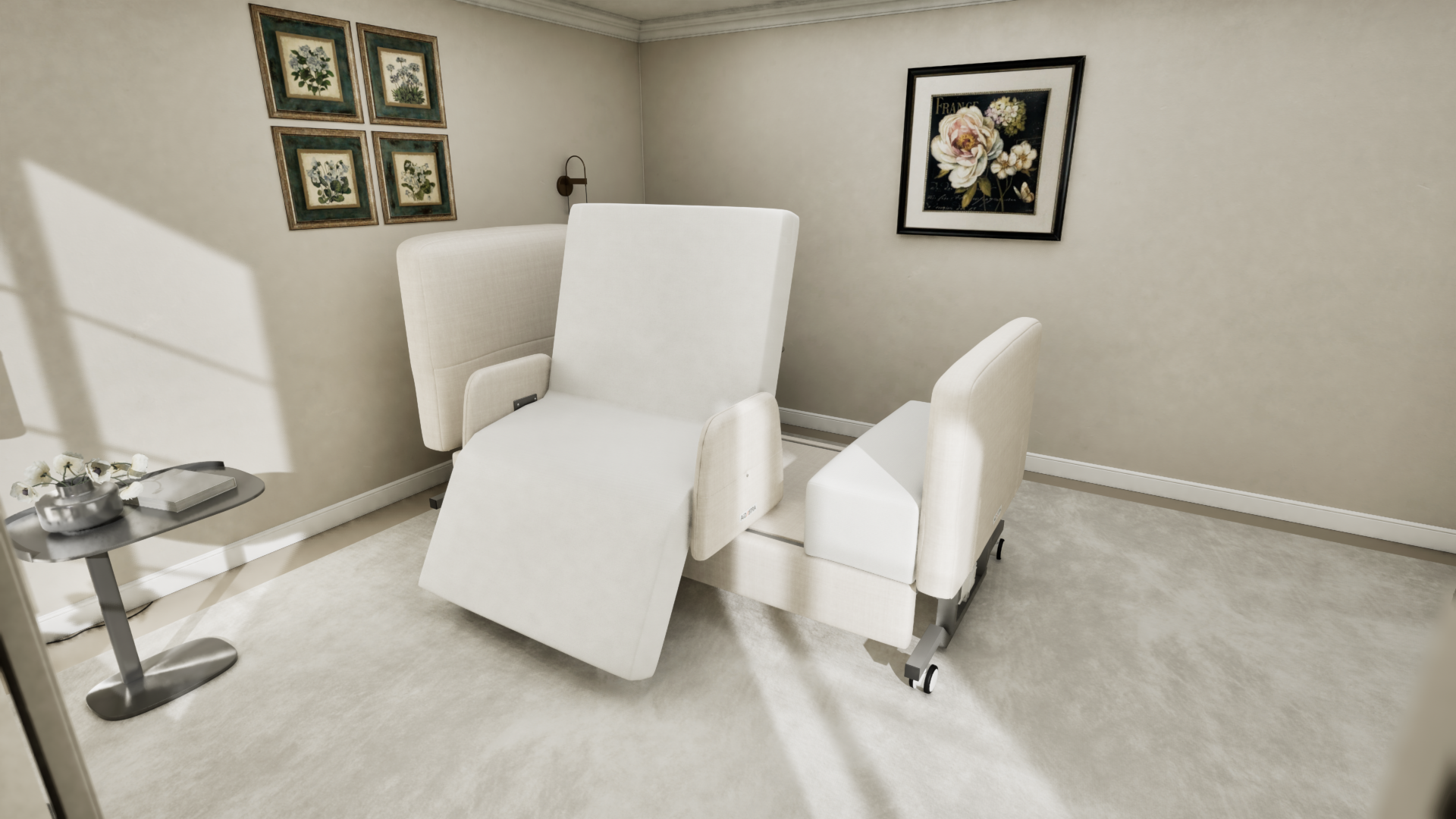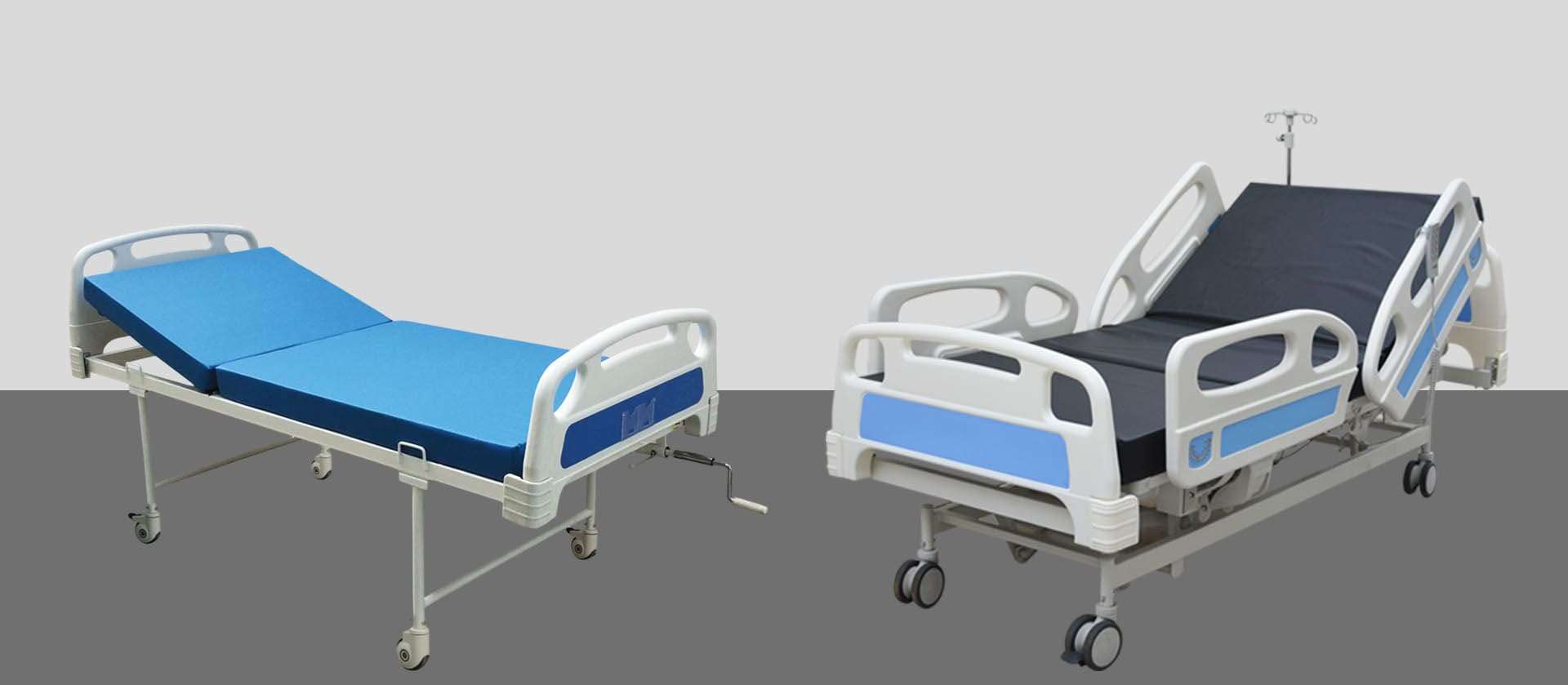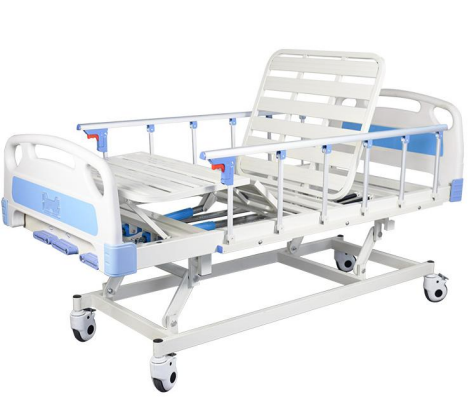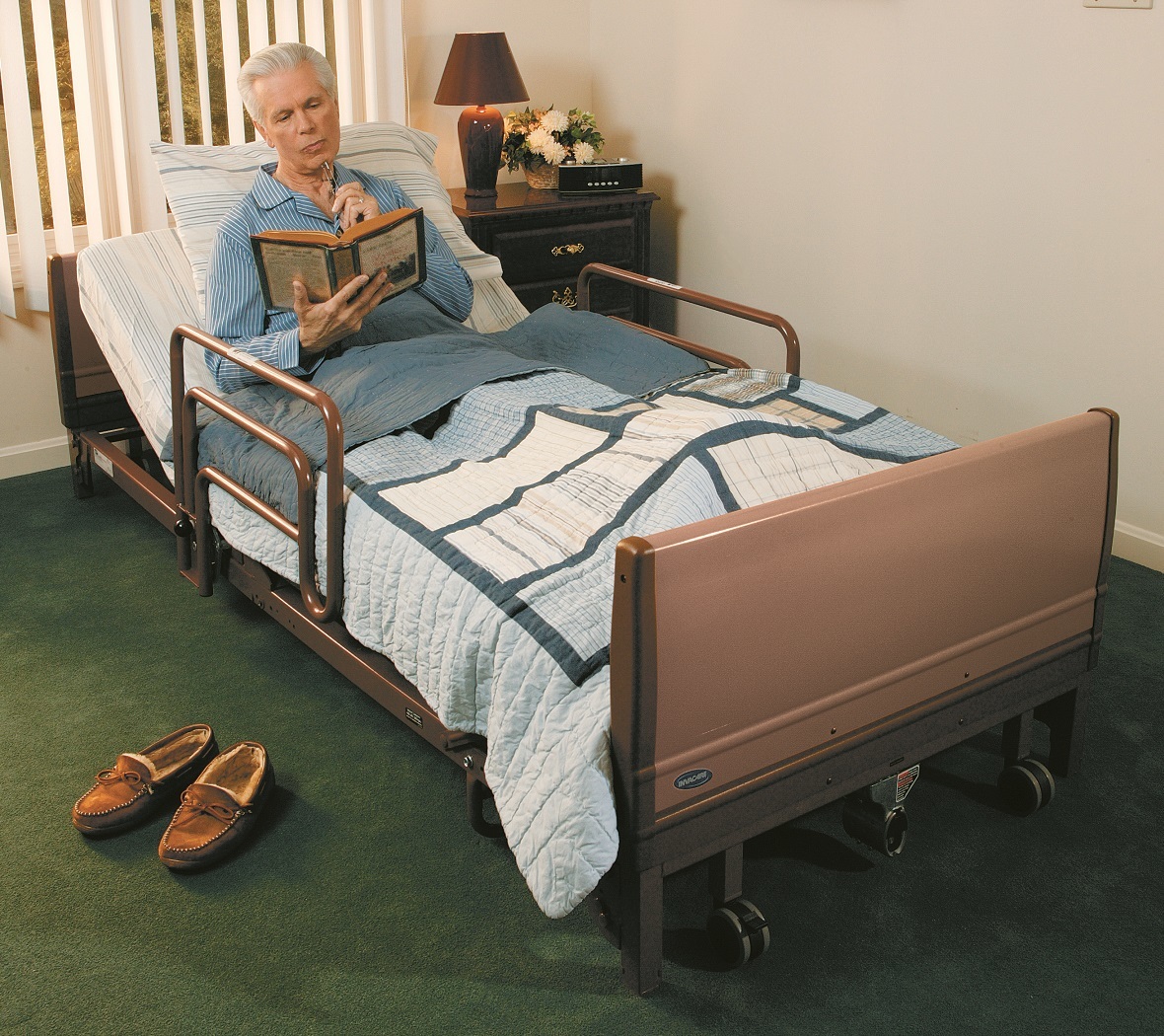Indicators on Hospital Beds For Home Use You Should Know
Table of ContentsUnknown Facts About Hospital Beds For Home Use3 Easy Facts About Hospital Beds For Home Use DescribedAll About Hospital Beds For Home UseThe Single Strategy To Use For Hospital Beds For Home UseA Biased View of Hospital Beds For Home UseHospital Beds For Home Use for DummiesHospital Beds For Home Use Can Be Fun For Anyone
There are three major types of hospital beds: handbook, semi-electric, and fully-electric. More kinds of clinical beds exist and they are noted below. These beds make use of hand cranks to readjust the bed's elevation and elevate and decrease the head and the foot. Hand cranks are normally located at the foot of the bed and call for a person that is physically with the ability of operating.
Semi-electric beds have an electric motor to elevate and reduce the head and foot sections of the bed (hospital beds for home use). Full-electric beds have an electrical motor that can raise the head and foot areas of the bed as well as the entire height and positioning of the bed.
Some Known Details About Hospital Beds For Home Use
Some versions can also move right into even more positions, such as the Trendelenburg (tilt) setting. There are numerous kinds of medical facility beds, each created to meet particular patient needs. Here are some typical kinds: This is one of the most usual kind of health center bed, designed for basic clinical usage. It has a handbook or electrically flexible headrest, foot rest, and elevation.
Lower to the ground than a basic bed. This type of bed is made for bigger patients, with a larger structure and higher weight capability than a standard bed.
This type of bed is developed for seriously unwell people that require open monitoring and specialized medical equipment such as ventilators and infusion pumps. This kind of bed is developed for usage throughout labor and distribution, with adjustable settings and features to sustain the mother and baby throughout the birth process.
The 20-Second Trick For Hospital Beds For Home Use
Numerous function and the devices do broadening grip to various parts of the vertebra and the extremities without relocating the human body. These are simply a couple of examples of the types of health center beds available. The particular kind of bed utilized will depend on the individual's condition, medical requirements, and various other aspects.
Right here is the point you need to know. A one-function healthcare facility bed is a clinical bed that enables a client to move only the head or foot section up or down. A 2 function medical facility bed normally refers to a kind of medical bed that has 2 flexible functions to aid people in health centers or treatment facilities.

Some Ideas on Hospital Beds For Home Use You Need To Know
A 7-function ICU bed is a kind of medical bed that gives a number of adjustable features to support critically ill patients in an extensive care system (ICU) (hospital beds for home use). The 7 features usually include: Back-rest adjustment: The back-rest can be changed to various angles to assist the individual rest up or rest easily
Height adjustment: The bed Learn More can be raised or lowered to make it much easier for patients to enter and out of bed, and for caretakers to give treatment. Trendelenburg position: The entire bed can be tilted to promote blood circulation and flow in the body. Reverse Trendelenburg placement: The bed can also be tilted in the opposite instructions to advertise blood circulation and blood circulation in the top body.
While more inexpensive than electric versions, these beds need exertion for changes. The major benefits of hand-operated beds are their cost and integrity, as they don't depend on electrical power. However, the need for hand-operated Homepage initiative can be a limitation in circumstances where quick changes are necessary or where caregivers encounter physical obstacles.
Getting The Hospital Beds For Home Use To Work
They are well-suited for patients that require marginal rearranging for convenience or clinical demands. Semi-electric medical facility beds provide an equilibrium of guidebook and electrical controls. The head and foot sections are typically adjusted with electrical controls, while the height is adjusted by hand. These beds give an ideal middle ground in between manual and totally electric alternatives, supplying convenience of usage without the complete cost of electric models.
Semi-electric beds are well-suited for patients that need modest changes to the head and foot sections but can handle without regular height modifications. This makes them a cost-effective service for those seeking convenience and comfort without the need for consistent repositioning. Completely electrical hospital beds feature electric controls for seamless modifications to the elevation, head, and foot sections.
Specialized medical facility beds, such as ICU beds, long-lasting treatment beds, and bariatric beds, are very carefully designed to attend to details clinical requirements. These beds offer tailored care for diverse patient groups, improving both outcomes and convenience. In the complying with areas, we will discover the main sorts of specialized health center beds, outlining their specific advantages and applications.
With years of experience in making electric linear actuators - hospital beds for home use and close partnership with the medical care sector, TiMOTION is well-positioned to provide dependable healthcare services. Our up and down integrated business manages every action of the production process, from design to actuator setting up, ensuring we provide outstanding worth and tailored services tailored to your details requirements
The Buzz on Hospital Beds For Home Use

To get more information about integrating these modern technologies into your products, call us today. Further reading:.
Data is sourced from the Medicare Price Record.

10 Easy Facts About Hospital Beds For Home Use Described
A medical facility bed is a bed designed particularly for clinical functions. It is not only a place for individuals to rest, but additionally a platform for clinical operations. Unlike ordinary home beds, medical facility beds usually have flexible features, which can facilitate clinical personnel to make numerous adjustments according to the demands of clients, such as transforming the height, disposition, and assistance angle of the back and legs of the bed.